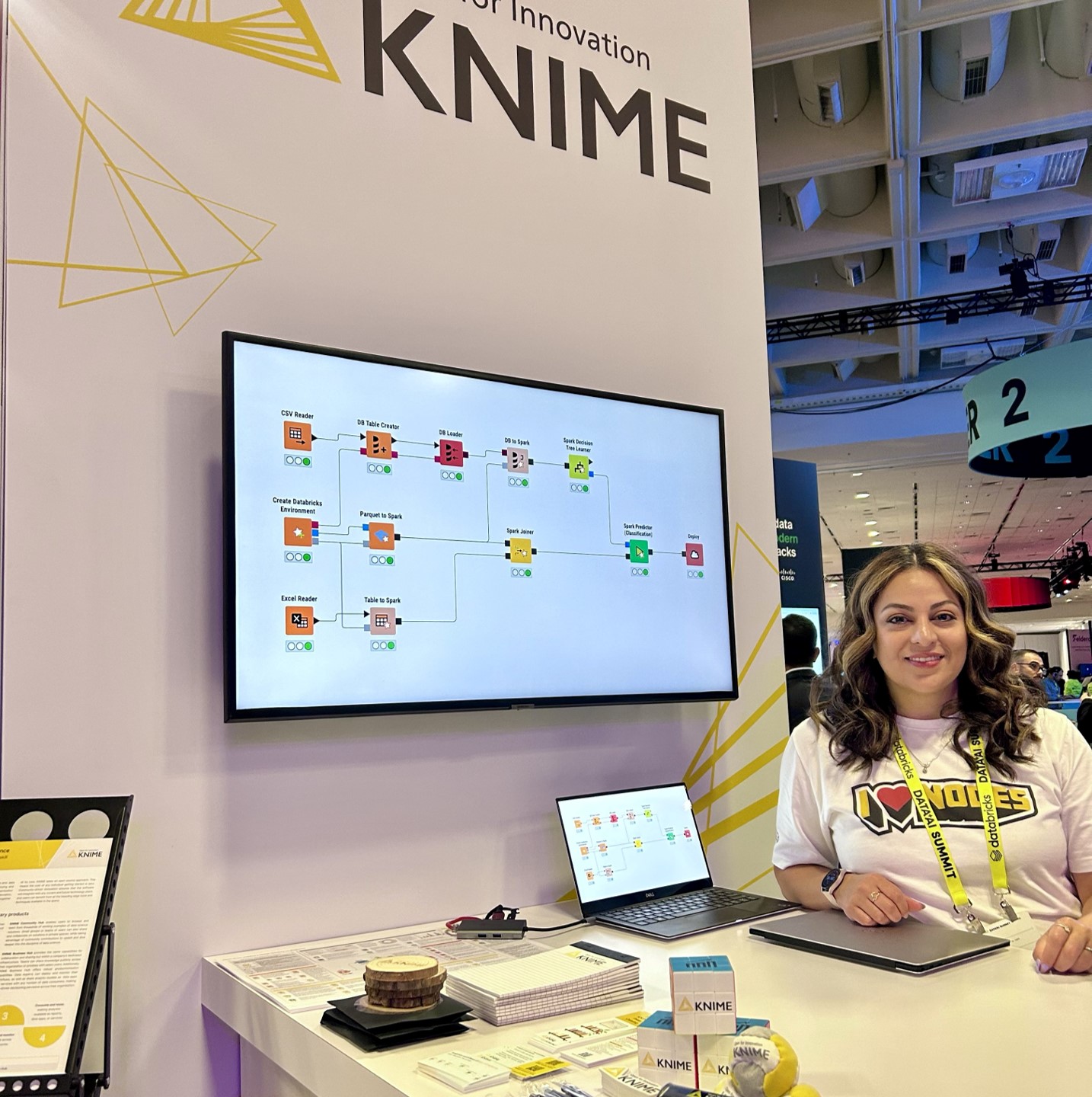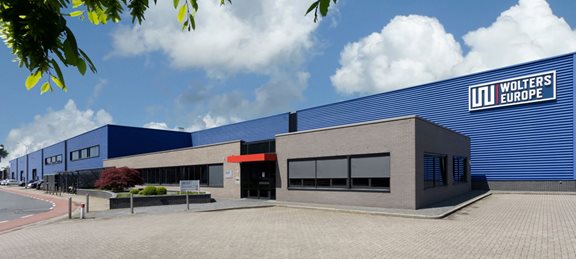Areas of artificial intelligence that we use
Take advantage of our AI competencies!
Interested in more information or a quote for your specific situation?
KEEP IN TOUCH
Subscribe to our newsletters so you don't miss anything important.

Deep Learning [DL]
An artificial intelligence function that mimics the functioning of the human brain in processing data and creating models for use in decision making.
Computer Vision [CV]
Computer vision algorithms attempt to understand an image by decomposing it and studying different parts of objects.
Machine Learning [ML]
Machine learning allows a machine to make decisions based on past experience.
Neural Networks [NN]
A series of algorithms that attempt to recognize relationships in a set of data through a process that mimics the functioning of the human brain.
Natural Language Processing [NLP/LLM]
The Natural Language Processing model is the science of reading, understanding, and interpreting language using a machine.
Cognitive Computing
Algorithms that attempt to mimic the human brain by analyzing text, speech, and images in the way a human would.

We have developed a neural network for recognition and analysis of laser images of roads. This [DL/CV] AI model detects microscopic surface damage and provides accurate data for repair and maintenance planning.
The solution significantly reduced data processing time and enabled more efficient resource allocation and long-term cost savings.
Within automotive manufacturing, we have implemented an advanced [DL/CV] model that monitors conveyors in real time and detects dozens of types of damage, including cracks and wear.
The system immediately informs maintenance of the need for intervention, which has led to reduced unplanned downtime, increased productivity and improved the overall reliability of the production process.


For Schwan Cosmetics, we deployed an advanced machine learning [ML] solution that monitors the cosmetic pencil manufacturing process and predicts deviations from the plan. The system detects potential problems, such as downtime or increased scrap production, and offers recommendations on how to address them.
As a result, production throughput has been accelerated, costs per job have been reduced, and overall production efficiency has increased.
We deployed an [NLP] solution for the customer service center of an energy company that automates the sorting of emails into more than 40 categories, such as billing or technical questions.
The system processes over 2,300 emails per day, which has sped up request triage, increased triage consistency and reduced errors. This has improved overall customer satisfaction.


For one of the leading retail chains in the Czech Republic, we optimised working standards using advanced location data analysis and the [ML] model. Based on the data analysis, we adapted the working standards to the real conditions in the stores.
The result was higher work efficiency, faster movement of goods and reduced operating costs.
For a company handling a large number of requests, we helped improve the quality and speed of legal services. Using so-called RAG techniques, we combine generative AI with query categorization and relevant information retrieval.
In this case, we used cloud-based Microsoft Azure AI for [LLM] algorithms. However, the solution can also be offered in our own closed on-premise model.


Our Type #1 solution using advanced [LLM] models provides personalized, real-time support.
The combination of LLM, finetuning and RAG (Retrieval-Augmented Generation) technology enables accurate responses and fast retrieval of relevant information, this increases process efficiency and offers tailored support.
Our Type #2 solution, using the open-source KNIME Analytics Platform for data analysis and visualization, facilitates business decision-making.
The platform makes it easy to cleanse and transform data, create machine learning models, analyze text, and create visualizations and reports. This supports data projects across multiple industries without the need for programming.


Our Type #3 solution includes an anomaly detection module that identifies unspecified defects and irregularities based on deep learning [DL/CV]. The system, trained on error-free images, allows anomaly detection without having to define all possible defects in advance.
Thanks to intuitive annotation, objects can be easily located and the presence or absence of components can be detected.
Take advantage of our AI competencies!
Interested in more information or a quote for your specific situation?
 Increased production efficiency and more accurate production planning at Schwan Cosmetics CR
Increased production efficiency and more accurate production planning at Schwan Cosmetics CR
 Extracting Invoices and Other Documents with AI: How to Start and Succeed
Extracting Invoices and Other Documents with AI: How to Start and Succeed
 How to use AI Copilot in every department of your company
How to use AI Copilot in every department of your company
 5 steps to a successful Copilot implementation for Microsoft 365
5 steps to a successful Copilot implementation for Microsoft 365
 Practical use of artificial intelligence in your organisation
Practical use of artificial intelligence in your organisation
 Aricoma unites SAP companies into a single team
Aricoma unites SAP companies into a single team
 B:TECH modernizes business agendas and improves HR and other internal processes
B:TECH modernizes business agendas and improves HR and other internal processes
 Aricoma renews major contract with the European Commission worth EUR 616.8 million
Aricoma renews major contract with the European Commission worth EUR 616.8 million
 Licensing changes in Dynamics 365 Finance and Supply Chain Management - do not uderestimate them!
Licensing changes in Dynamics 365 Finance and Supply Chain Management - do not uderestimate them!
 Digitalization of contract approvals and document signing across the HP TRONIC Group
Digitalization of contract approvals and document signing across the HP TRONIC Group
 Mandatory e-invoicing in the EU from 2030: What does ViDA mean and how can you prepare?
Mandatory e-invoicing in the EU from 2030: What does ViDA mean and how can you prepare?
 DMS Made Easy: Professional Support as the Key to Seamless Document Management
DMS Made Easy: Professional Support as the Key to Seamless Document Management
 Microsoft is canceling SharePoint features: is your DMS ready for change?
Microsoft is canceling SharePoint features: is your DMS ready for change?
 Why You Need a DMS Even If You Use Microsoft Dynamics 365: A Comprehensive Approach to DMS
Why You Need a DMS Even If You Use Microsoft Dynamics 365: A Comprehensive Approach to DMS
 Consolidation and migration of the document management system for O2 Czech Republic a.s.
Consolidation and migration of the document management system for O2 Czech Republic a.s.
 How to choose document management system (DMS): A guide to document management and the latest trends
How to choose document management system (DMS): A guide to document management and the latest trends
 Wolters Packaging Czech streamlines operations and grows with Microsoft Dynamics 365 Business Centra
Wolters Packaging Czech streamlines operations and grows with Microsoft Dynamics 365 Business Centra
 Unified invoice process for all Zentiva markets with Vendor Invoice Management
Unified invoice process for all Zentiva markets with Vendor Invoice Management
 Digital platform unification and new web portals for 2N Telecommunications
Digital platform unification and new web portals for 2N Telecommunications
 5 challenges for current ERP system in food industry
5 challenges for current ERP system in food industry
 Digitizing document management with TreeINFO for Metrostav
Digitizing document management with TreeINFO for Metrostav
 Sitecore audit
Sitecore audit
KEEP IN TOUCH
Subscribe to our newsletters so you don't miss anything important.
We use cookie identifiers that are necessary for the functionality of the website. By clicking the "I understand" button, you agree to the use of other types of cookies for statistical traffic measurement or content customization and marketing targeting according to what interests you.
The consent granted in this way can be revoked at any time later or adjusted according to your preferences. This is offered by the "Detailed settings" option, where there is also more detailed information on the whole issue.